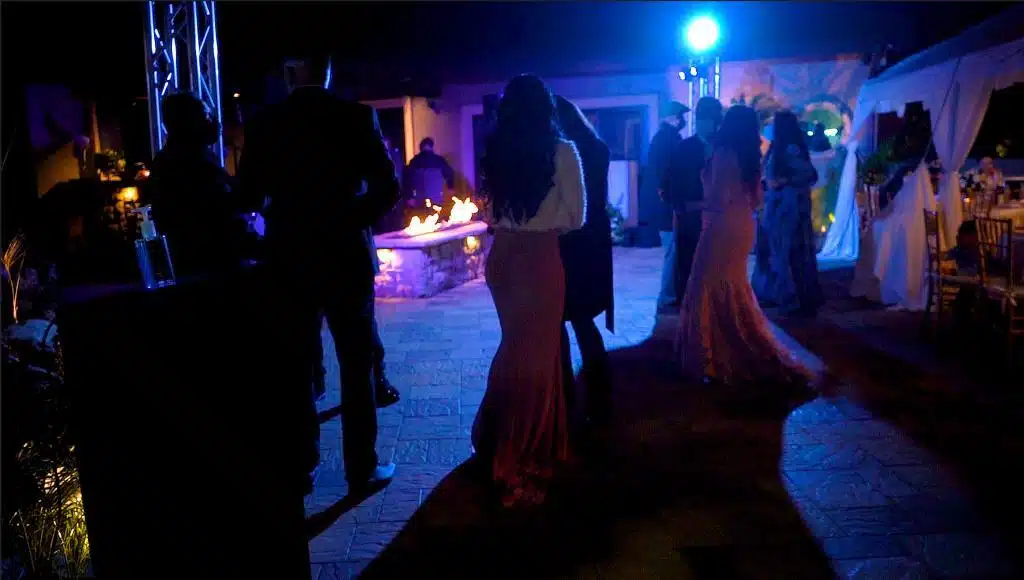
Due to the nature of a bartender’s work, no matter if they are working on a pop up bar rentals. Or permanently in a small Bar in the city, it is almost certain that he or she will run into all kinds of customers on the way, but especially, with those who drink too much and end up causing a bit of a stir at the bar or wherever they are.
This process is not easy, but we are going to give you the details on the type of personality and the skills a bartender needs in order to handle this.
Therefore, in addition to the techniques and skills that any bartender must handle and know, even if they are bartending for party shakers, they need to know how to act when they are facing a drunken customer and who is also behaving inappropriately.
The best Bartender behavior
Dealing with drunk customers is as common for bartenders as preparing a cocktail. This is especially so since when alcohol mixes with emotions in a bar, anything can happen. This generates that heated discussions can occur and that can lead to fights between two or more people.
The bartender not only has to know how to do everything possible to prevent these situations from escalating. You should also do what you can to prevent them from happening. But in the event that they do occur. Then that is where you should use intelligence and emotional control to prevent the situation from becoming more difficult.
Ways to deal with drunk customers at the bar
First is important to point out that communication is the key when you are dealing with a drunken customer said. The bartender needs to work with the rest of their co-workers and your manager as a team. So if the bartender decides to not serve drinks again to a specific customer. It’s important that the rest of the staff agree with the bartender and cut off that customer forever.
This is not always easy as many times it is the frequent patrons of the bar who can end up being part of a fight. This is where you have to learn to use intelligence and emotional control to stop the fight. Without our frequent client feeling bad and not returning to the bar. Good bartender behavior is always going to find ways to handle this.
If you are dealing with customers who have never been to the bar before, then it is important to explain the rules of the bar if possible. Also ask them in a cordial way not to continue arguing and if possible, ask them to leave outside for a moment so that the spirits are lowered.
Here are some tips that might help you during these situations:
- Offer water or food to the customer: You can suggest to the customer that instead of drinking more alcohol. You can serve him a little bit of water or some food, that way they might be able to soak up part of the alcohol. Don’t forget to use a nice and friendly tone of voice and try to sound like you are giving some advice not like you are imposing anything.
This is one of the first methods that the bartender must use. Before having to resort to more extreme actions, such as kicking the customer out of the bar. You can also offer a soda or some natural drink. Anything that helps the client to lower the level of alcohol in the blood.
- Try to make their friends, your friends: You can also ask some of their friends (someone sober) to help you to deal with the situation. Try to have some nice and friendly conversation with that person. Then let them know that their friend probably had too many drinks. This is great bartender behavior.
This is another of the tactics that bartenders resort to when they are in front of a drunken customer. Usually in any group of friends, there are one or two who do not drink. It is important to work with them together to try to control the drunk customer.
Serve non-alcoholic beverage/drink: A good way to help the customer to stop getting drunker is by offering them a non-alcoholic beer or any other drink that doesn’t contain alcohol on the house. You can tell them that before drinking that, it would be great if they drink a glass of water. As always do it with a nice and friendly voice, like you are talking casually and not like you are forcing them.
Customers always enjoy “courtesy” drinks, so offering the customer a free drink or cocktail is always a good tactic. Better still if said drink or cocktail does not have alcohol. Usually it is better that the customer does not know it, and they will be so drunk that they will not notice it.
- Slow down the flow of drinks: If you can’t rely on any of their friends, and the drunken customer refuses to drink water or eat some food. You can always slow the flow of drinks down. You can either avoid them as much as you can or serve their drinks with less alcohol.
The bartender must pay attention to his surroundings and observe the customers. This is extremely important as you can see ahead of time if a customer is overindulging or if two people are starting to argue heatedly. This is when bartender behavior needs to be involved.
In this way you can prevent situations from escalating and ending up generating a more complicated situation. If the bartender notices that a customer is starting to get drunk, he should try to lower the amount of drinks or cocktails he is making. Or failing that, you can give the drinks or cocktails with less alcohol.
- Refuse to serve them more drinks: If any of the other tips did not work, you can always have a conversation with them and explain that because of the place policies (you need to have specific policies for this kind of situations). You are going to have to stop serving drinks to them. Always do that with a friendly attitude but firm in the decision you are making.
Since the bartender realizes that all the previous tactics did not work. Then it is necessary to resort to this one that is the most extreme. In general, bars reserve the right of admission and therefore also in any case, to continue selling alcohol to a specific customer.
First, of course, you have to try to use persuasion techniques that are not so extreme. Because it is logical that the client will not be happy at all that the bartender stops selling alcohol. However, in these cases, it is the only option left and one that is viable before the situation escalates into something worse.
Questions and Answers
Each customer who enters a bar is different and in itself becomes a challenge for the bartender. Among all those clients and their diverse personalities and therefore attitudes. The drunk client is perhaps the most difficult. Simply because drunk customers are unable to control their emotions.
The truth is that although each case is different. The bartender will be able to apply almost the same tactics with each client, to get him out of the state of intoxication.
Offer him water, try to lower the amount of alcohol he is consuming in each drink he asks for. Or failing that, trying to persuade him to stop drinking. Offering him another type of non-alcoholic drink. Are some of the tactics that can be used before going to extreme tactics such as getting him out of the bar or not selling him more alcohol?
Another tactic that many bartenders resort to is leaning on a friend of the customer. Someone who is with them at the bar. In this way that friend who is usually the “designated driver” can help control the drunk customer. Or even persuade him not to drink more and, together with the bartender, prevent him from continuing to drink.
The bartender must have eyes on his back. This means that you must be aware of your surroundings. Of what is happening in the bar. In this way you can detect if a customer is starting to go overboard.
This part is super important, since in this way uncomfortable situations can be avoided. These situations can turn into something more serious in a matter of seconds if something is not done. So the bartender must be attentive to all his surroundings.
Why are emotional control and emotional intelligence important in these cases?
Handling difficult or drunk clients takes more than persuasion and patience. Sometimes it is important to consider emotional intelligence and emotional control. These two tools are super important and necessary in such stressful and challenging jobs as bartending.
In any case, you can learn these techniques of intelligence and emotional control; reading articles and books on the subject or in any case, taking a short course related to the subject.
Dealing with a drunken customer is a complicated and awkward situation but any bartender needs to be fully prepared to deal with it. This is why Bartender behavior is so important.
Check our YouTube Channel for details!
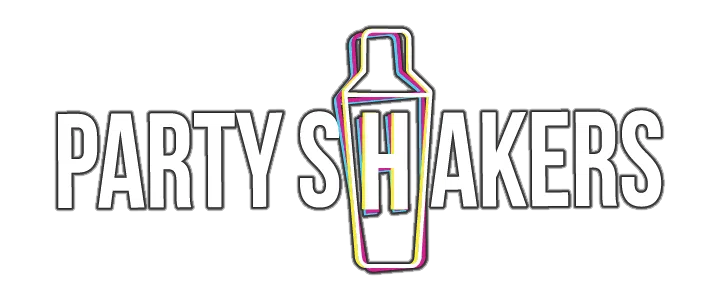
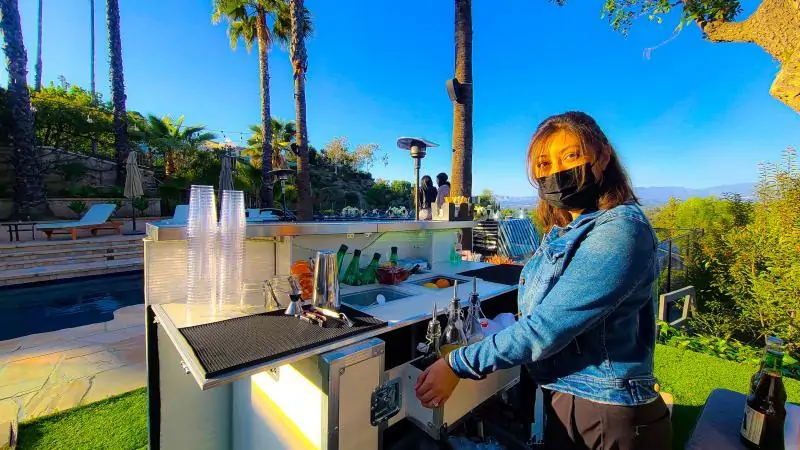
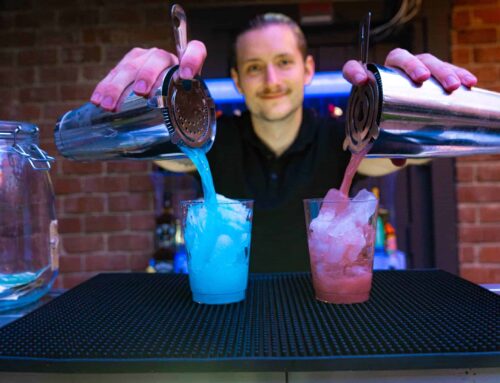
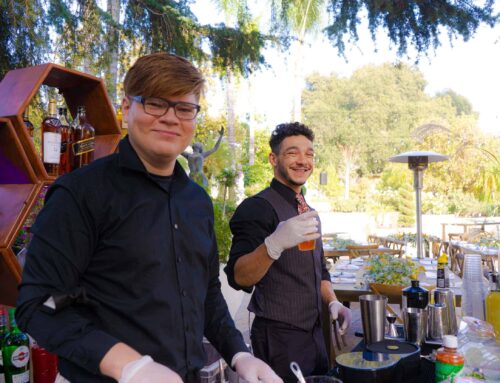
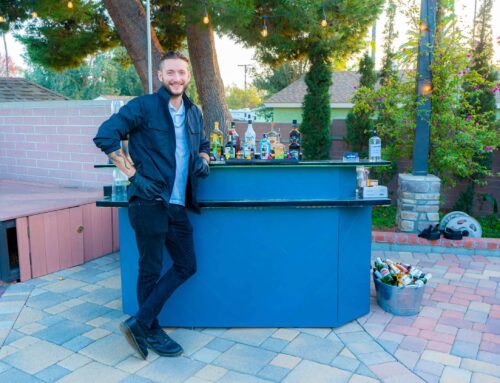
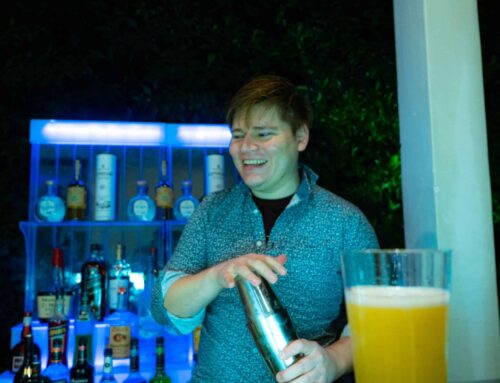
Leave A Comment